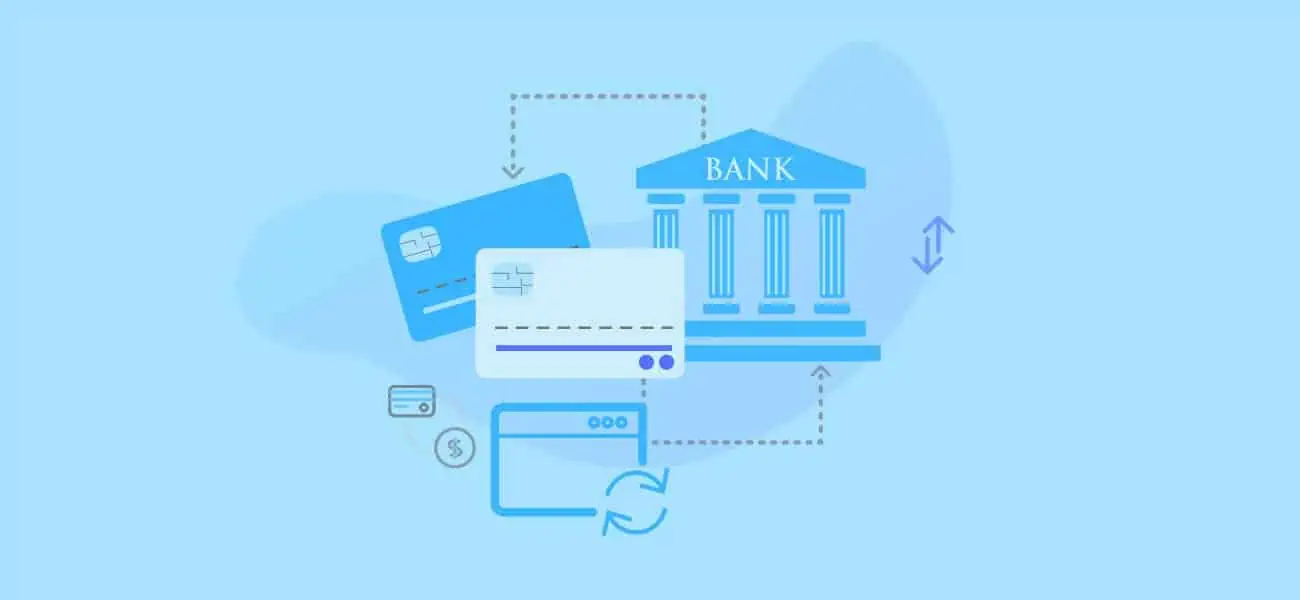Payments in real-time are rapidly becoming the de facto standard of the payments industry, given how fast and seamlessly everything happens. Users simply save their credit card or debit card information into Apple Pay or a Google Wallet, and funds are readily available to them for a multitude of transactions. Maybe a group of friends at a restaurant want to quickly settle a bill among one another as the bill arrives. There are now practical solutions available to them to settle it all digitally.
What is essential to understand is that all this is made as seamless and simply as it is by technologies called Original Credit Transaction (OCT) and Account Funding Transaction (AFT). Below we explain what OCT payments and AFT transactions are, how they work, and their benefits.
What is an Original Credit Transaction (OCT)?
Original Credit Transaction (OCT) is a method of real-time payment available from the Visa network that sends payments via a ‘push’ mechanism specifically over the VisaNet electronic payments network to specific card-based account holders into who’s accounts the payments are credited.
These push transfers are quick and convenient, and the payments can be credited to a specific cardholder’s card. The OCT push payment framework was designed to speed up funds delivery and create a method so that the payments go directly to a specific card number.
Other products that are also OCT products are Mastercard Moneysend and Visa Direct. OCT is available in over 200 countries and has a reach of over one billion Mastercard and Visa cardholders. The funds can be transferred to a credit card, a debit card, as well as prepaid cards, as long as those cards have the fast funds functionality enabled on them.
What is an Account Funding Transaction (AFT)?
Account Funding Transaction, or AFT, is a method available from the Visa network that withdraws funds via a ‘pull’ mechanism specifically over the VisaNet electronic payments network to fund a different account via an OCT transfer. The account that is being funded via the OCT’ push’ transfer can fund the cardholder’s own card, or another person’s card. As the name suggests, AFT is a transfer to fund a card account.
Some examples of AFT are:
- Adding funds to a prepaid card account
- Transferring funds into another account, such as a savings account
- Transferring funds to your own or another person’s digital wallet
- Funding a person-to-person (P2P) funds transfer
How do OCT and AFT work?
For an OCT or AFT to work, customers don’t have to do anything different from traditional online transaction where they enter their card information and certain authentication data, such as the CVV code at the back of their card. Just as digital wallets or online marketplace platforms save your card information after entering it for the first time, so do the OCT and AFT platforms.
In terms of the actual funds’ movement, AFT is executed so funds are debited from a cardholder’s account, and the OCT is performed to credit those funds into the recipient’s account. The same principles apply for peer-to-peer (P2P) transfers, where AFT is applied, funds are debited from the originator’s account, and then, using OCT, funds are credited to the recipient’s account. The same is the case for payments between business to business (B2B), businesses to consumers (B2C), and disbursements by government agencies.
Card network programs such as Visa Direct, Mastercard Send, and MoneySend offer these OCT and AFT options. In the event an OCT is declined, the AFT is reversed, referred to as an Account Funding Transaction Reversal (AFTR).
Benefits of OCT and AFT
Below are some of the many benefits of OCT and AFT transactions.
Speed – The most significant benefit is the speed at which these payments happen. What may have taken days to complete in the past, is done n a matter of minutes, if not seconds.
Minimal wait times – Visa and Mastercard platforms may complete the transaction in real-time, but sometimes banks take some time to clear those funds for the end-user. Visa has specific rules in certain countries that require OCT funds to be cleared and available in the recipient’s account within 30 minutes.
Worldwide coverage – OCT and AFT payments can be processed in every currency and country in which Mastercard and Visa are accepted, currently in 200 countries.
Security – all parties can rest assured of the safety and reliability of payment transfers as they are backed by Mastercard and Visa, all completed in compliance with PCI guidelines.
Reduced Complexity – in numerous scenarios in which payment systems become complex, such as cross-border payments and payments of winnings from online gaming and gambling sites, OCT payments are the best way to ease that complexity by utilizing this mechanism.
There have been many financial technology innovations over the years. The payments industry has undergone a renaissance as physical technology evolves, combining these innovations into a single device such as the smartphone, coupled with consumer preferences towards increasing the use of that device for almost everything. As a result, consumers look to their smartphones to process payments in real-time to pay for bills, transfer funds to family and friends, and do away with the inconvenience of carrying cash forever.
Some of the underlying technologies that make that possible are Original Credit Transaction (OCT) and Account Funding Transfer (AFT). It is helpful for merchant services customers to have a good understanding of these payment mechanisms, what they are, how they work, and their many benefits.

